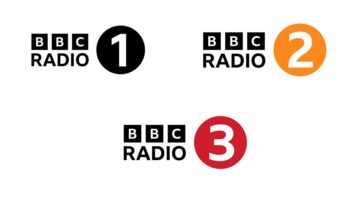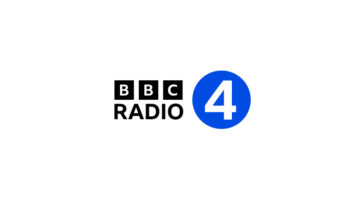
LONDON � BBC Radio 3 and BBC R&Drecently �launched what we believe is another world-first for a classical radio network: Audio delivered directly to your web browser with completely lossless compression,� according to a blog.
In so doing, they used various technologies (MPEG DASH, FLAC compression, HTML5 and the Media Source Extensions) to offer listeners a �bit-perfect representation of Radio 3’s live output, exactly as it left the studio.�
Radio 3 makes considerable investment in music performance and technical excellence, and this pilot enables the most transparent listening experience possible.
�The purpose of the pilot is to determine whether listeners in real-world listening environments find any perceptible difference listening to the lossless stream compared to our standard high-quality streams, and whether they attribute value to that.�
BBC R&D says that the distribution of audio in an uncompressed fashion would normally require a bandwidth of about 1.5 Mbit/s, more than typically used for high quality audio distribution over broadcast or the Internet.� Radio 3 currently offers a high-quality stream a fixed rate of 320kbit/s for internet listeners,�which is a significant saving both in terms of bandwidth and storage compared to a 1.5 Mbit/s original. For the vast majority of material, this should be indistinguishable from the uncompressed source.
However, lossy codecs such as AAC do change the audio signal, and there is the potential for noticeable artifacts with some material, whereas �FLAC will always encode the signal transparently by employinga combination of channel de-correlation, linear prediction and residual and run-length encoding.�
R&D goes on to say the FLAC stream averages around 550kbit/s over an extended period, though this is highly variable, peaking up to around 1Mbit/s, and is dependent on the average complexity of the input. This is significantly lower than the uncompressed source, but some way off even the high bitrate AAC version.
At the request of R&D Mozilla implemented the FLAC encapsulation specification (provided by Xiph) and this is publicly available now in from Firefox 51 upwards on the desktop. Other browsers are considering support for FLAC in ISOBMFF (ISO Base Media File Format) and �we hope that in time they will follow suit, and that mobile devices will also add the necessary functionality,� according to R&D�s blog.� R&D also indicates that some internet radio manufacturers have expressed an interest in supporting lossless streaming.��
�












